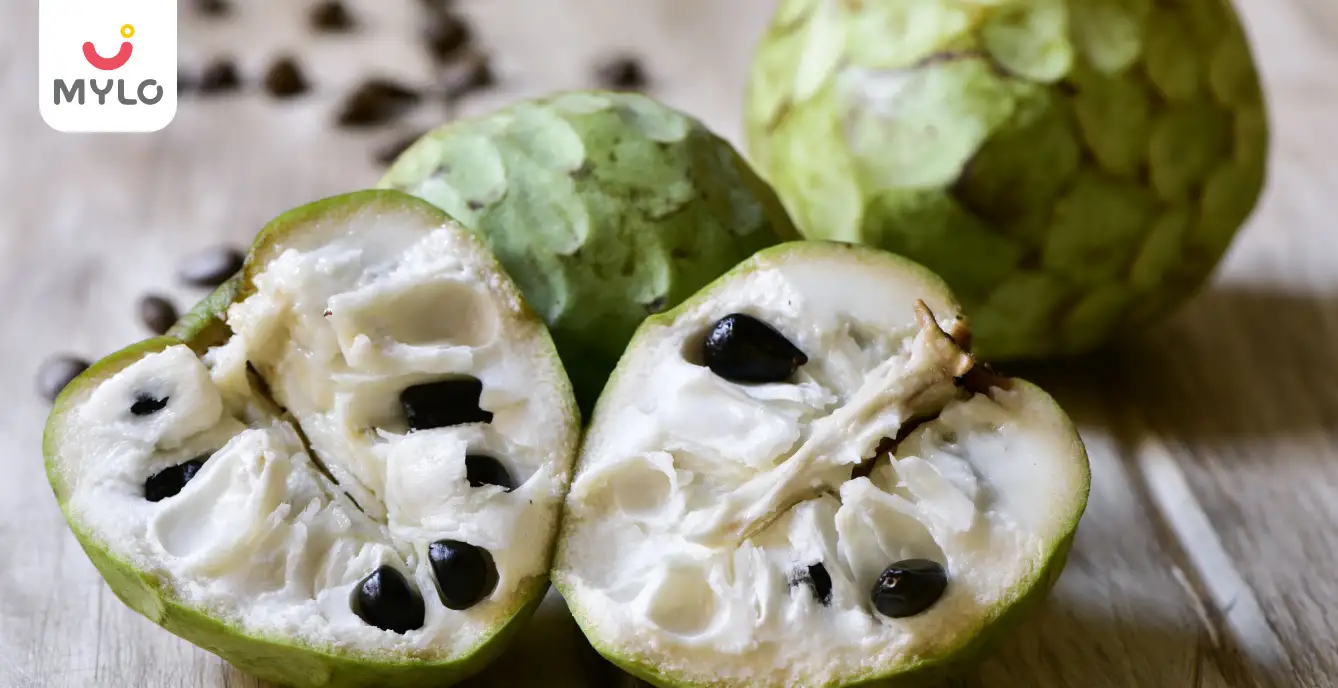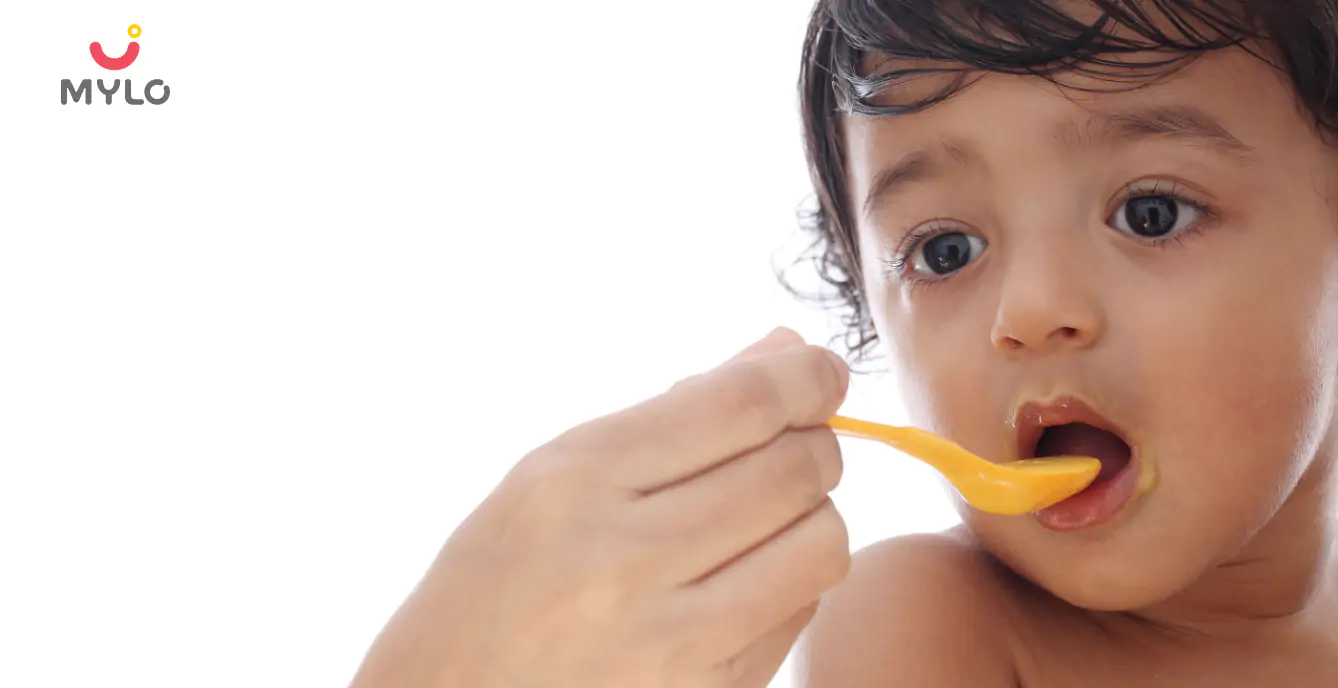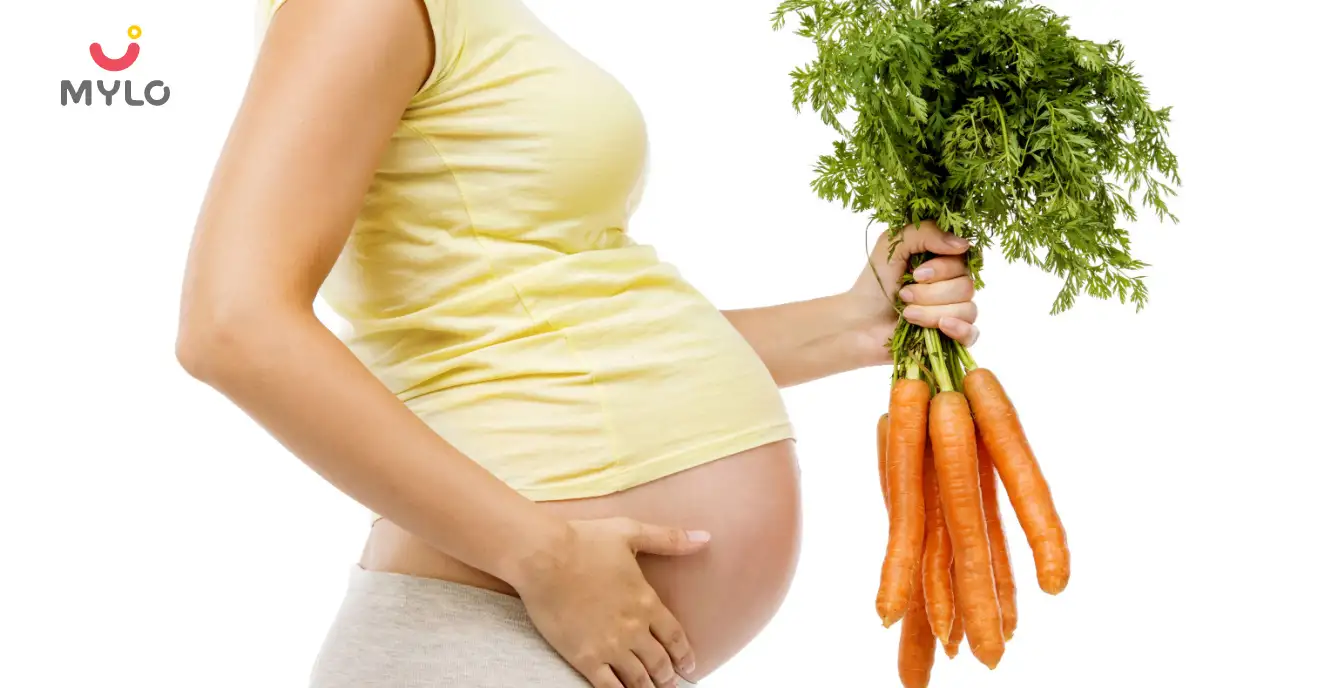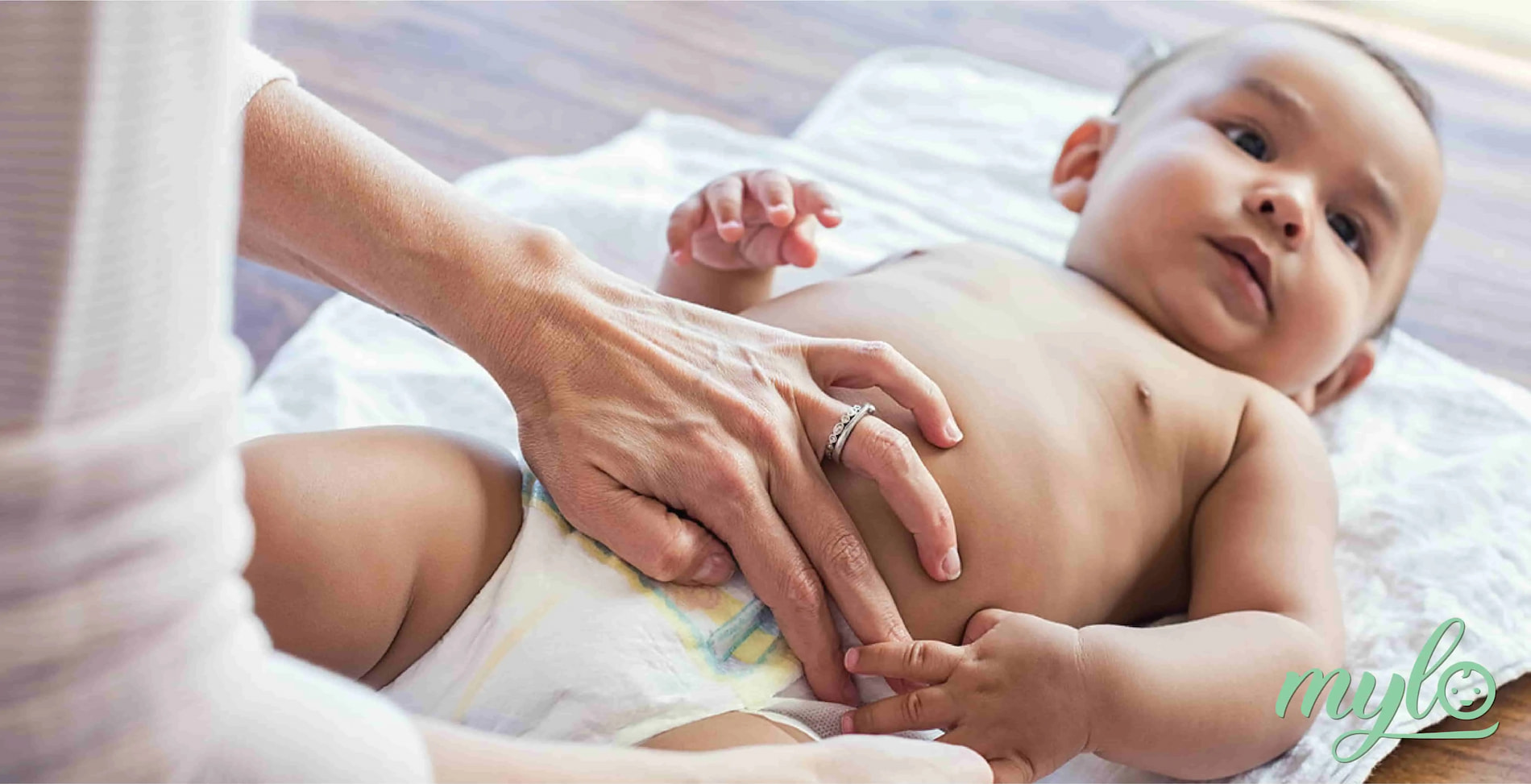Get MYLO APP
Install Mylo app Now and unlock new features
💰 Extra 20% OFF on 1st purchase
🥗 Get Diet Chart for your little one
📈 Track your baby’s growth
👩⚕️ Get daily tips

OR


Article Continues below advertisement
- Home

- Diaper Rash: Causes, Cures, and Prevention Strategies
In this Article
- What are the Different Kinds of Diaper Rash?
- 1. Irritant diaper rash
- 2. Allergic reaction diaper rash
- 3. Yeast diaper rash
- 4. Bacterial diaper rash
- How to Soothe and Treat Diaper Rash Blisters?
- How to Avoid Diaper Rash?
- 1. Diaper Free Time
- 2. Use Cloth Diapers or Nappies at Home
- 3. Change Diapers Frequently
- 4. Buy Right Size Diapers
- 5. Wash Your Hands
- 6. Apply a Diaper Rash Cream
- 7. Consult Your Doctor
- Closing Thoughts
- References
Baby Care
Diaper Rash: Causes, Cures, and Prevention Strategies
Updated on 14 November 2023
As parents, you put your best efforts into keeping your little one healthy and safe. Diaper rash is a common condition among infants and toddlers, causing discomfort and concern for parents. Understanding the causes, cures, and prevention strategies is essential for providing relief to the little ones.
In this comprehensive guide, we will learn about the different types of diaper rashes, effective ways to soothe and treat diaper rash blisters, and proactive measures to avoid it.
What are the Different Kinds of Diaper Rash?
Diaper or nappy rashes can manifest in various forms, each with its own underlying cause.
Article continues below advertisment
1. Irritant diaper rash
It is often caused by prolonged exposure to wet diapers, friction, or the chemicals in diapers. The rash is typically red, inflamed, and may have raised edges. The affected area may include the buttocks, genitals, and the folds of the thighs.
2. Allergic reaction diaper rash
This occurs when a baby's skin reacts to the chemicals in diapers, wipes, or detergents. This type of rash is typically identified by red, raised bumps in the diaper area.
3. Yeast diaper rash
It is caused by the overgrowth of yeast (Candida fungus) in the warm, moist environment of the diaper. This type of rash often presents as bright red and may have raised borders with satellite lesions.
4. Bacterial diaper rash
It is caused by bacteria, most commonly Staphylococcus aureus. Pustules (pimple-like bumps) may develop when there's a break in the skin, providing an entry point for bacteria.
You may also like: Newborn Diaper Rash: Causes, Treatment and Prevention Tips
Article continues below advertisment
How to Soothe and Treat Diaper Rash Blisters?
When dealing with rash blisters, it's important to take prompt and effective action to alleviate the discomfort experienced by the child.
- One approach is to keep the diaper area clean and dry by changing diapers frequently and gently cleansing the skin with mild, fragrance-free wipes.
- Applying a thin layer of diaper cream containing zinc oxide can act as a barrier against moisture and promote healing.
- Allowing the baby to go diaper-free for short periods can facilitate airflow and aid in the healing process.
- A warm, soothing bath with gentle, fragrance-free cleansers can also help soothe the affected area.
- For severe cases, a pediatrician may recommend an antifungal cream for yeast diaper rash or a mild hydrocortisone cream for allergic reaction diaper rash.
It's essential to monitor the rash closely and seek medical advice if it doesn't show signs of improvement.
How to Avoid Diaper Rash?
Preventing diaper rash is a priority for any caregiver, and several proactive measures can significantly reduce the likelihood of its occurrence.
1. Diaper Free Time
At home, you don’t need to keep your little one packed in those heavy diapers all the time. Set a few hours in a day as diaper-free time. This will allow the soft and supple skin of your champ to breathe and will keep it dry.
2. Use Cloth Diapers or Nappies at Home
Regular diapers are very heavy and thick. They do not allow air to circulate through them. Try using a cloth diaper or nappy at home. They are cheap, reusable, and good for your baby’s skin.
Article continues below advertisment
3. Change Diapers Frequently
To prevent rashes, you should change diapers frequently. Rinse your baby’s bottom with lukewarm water and pat it dry before putting on a new diaper. This will keep your baby’s sensitive area clean and will reduce the moisture on the skin.
You may also like: Diaper Change Time: How Often Should You Change Your Baby's Diaper?
4. Buy Right Size Diapers
You should never buy small sized diapers for your baby, thinking that some extra snug is better. Too tight diapers will restrict air circulation and can cause rashes on your baby's skin. So, ensure you buy the right size diapers for your little one.
5. Wash Your Hands
Your hands carry bacteria and you can transmit them to your baby if you don’t keep them clean. You should wash your hands properly with good soap before and after every diaper change in order to avoid diaper rashes due to bacterial infections.
6. Apply a Diaper Rash Cream
Apply a good Zinc Oxide-based natural diaper rash cream with ingredients like Aloe Vera before putting on a new diaper. Zinc Oxide is also known as Yashad Bhasma in Ayurveda. Aloe Vera is famous for its hydrating qualities. Mylo's Diaper Rash Cream contains zinc oxide, aloe vera and almond oil and helps gently relieve your little one’s skin from infections and rashes.
Article continues below advertisment
7. Consult Your Doctor
It is always better to take expert help. If your baby suffers from recurring rashes in spite of the above measures, please consult your paediatrician.
You may also like: The Ultimate Guide to Home Remedies for Diaper Rash
Closing Thoughts
In conclusion, diaper rash is a common problem for babies, but they can be prevented and treated with some simple steps. By keeping the diaper area clean and dry, using the right diaper size, avoiding irritants, changing diapers frequently, using a barrier cream, and giving some diaper-free time, parents can keep their baby's skin healthy and rash-free. In case of severe rashes or infections, it's important to consult a pediatrician. By following these easy tips, parents can ensure their baby's comfort and well-being, and enjoy their precious moments with their little one.
References
1. Blume-Peytavi U, Kanti V. (2018). Prevention and treatment of diaper dermatitis. Pediatr Dermatol.
2. Blume-Peytavi U, Hauser M, Lünnemann L, Stamatas GN, Kottner J, Garcia Bartels N. (2014). Prevention of diaper dermatitis in infants--a literature review. Pediatr Dermatol.
Article continues below advertisment



Written by
Priyanka Verma
Priyanka is an experienced editor & content writer with great attention to detail. Mother to an 11-year-old, she's a ski
Read MoreGet baby's diet chart, and growth tips

Related Articles
Related Topics
RECENTLY PUBLISHED ARTICLES
our most recent articles

Diet & Nutrition
Custard Apple During Pregnancy: Benefits & Risks

Baby Bump
30+ Baby Bump Photos and Ideas for Documenting Your Pregnancy

Baby Bump
30+ 2nd Pregnancy Photoshoot Ideas for Expecting Parents

From the Nutritionist
Feeding Tips and Healthy Food Ideas for Your 7-9 Month Old Baby

Pregnancy Journey
Sweet Potato During Pregnancy: Benefits, Risks & Side Effects

Diet & Nutrition
Carrot During Pregnancy: How This Healthy Snack Can Help You and Your Baby
- 30+ Maternity Photoshoot Props: Accessories for Maternity Photoshoot
- Diaper Pants 101: Everything You Need to Know Before You Buy
- Can We Eat Curd During Periods: Understanding the Dairy Dilemma
- Sabja Seeds During Pregnancy: Benefits & Side Effects
- Newborn Diaper Rash: Causes, Treatment and Prevention Tips
- New Born Baby Diapers: Understanding the Quantity and Sizing Needs of Your Little One
- The Ultimate Guide to Supplementing with Omega 3 for PCOS
- The Ultimate Guide to Safe and Effective Exercise in Periods
- PCOS Hair Growth: Causes, Symptoms, and Effective Treatment Options
- Endometrial Hyperplasia: The Ultimate Guide to Understanding Its Causes and Treatment
- Lights, Camera, Baby Bump: Movies to Watch During Pregnancy
- Squat During Pregnancy Benefits & Precautions
- The Ultimate Guide to Thyroid Treatment in Ayurveda
- Ayurvedic Treatment for Acne: Holistic Healing for Clear Skin


AWARDS AND RECOGNITION
Mylo wins Forbes D2C Disruptor award
Mylo wins The Economic Times Promising Brands 2022
AS SEEN IN
















At Mylo, we help young parents raise happy and healthy families with our innovative new-age solutions:
- Mylo Care: Effective and science-backed personal care and wellness solutions for a joyful you.
- Mylo Baby: Science-backed, gentle and effective personal care & hygiene range for your little one.
- Mylo Community: Trusted and empathetic community of 10mn+ parents and experts.
Product Categories
baby carrier | baby soap | baby wipes | stretch marks cream | baby cream | baby shampoo | baby massage oil | baby hair oil | stretch marks oil | baby body wash | baby powder | baby lotion | diaper rash cream | newborn diapers | teether | baby kajal | baby diapers | cloth diapers |








